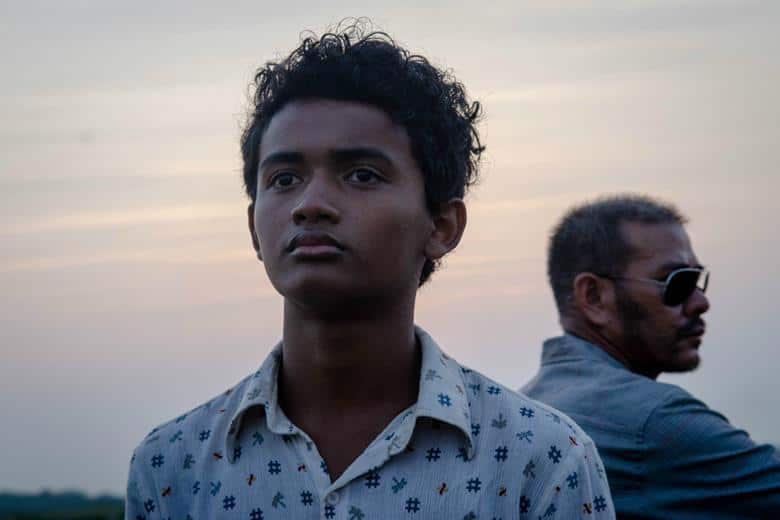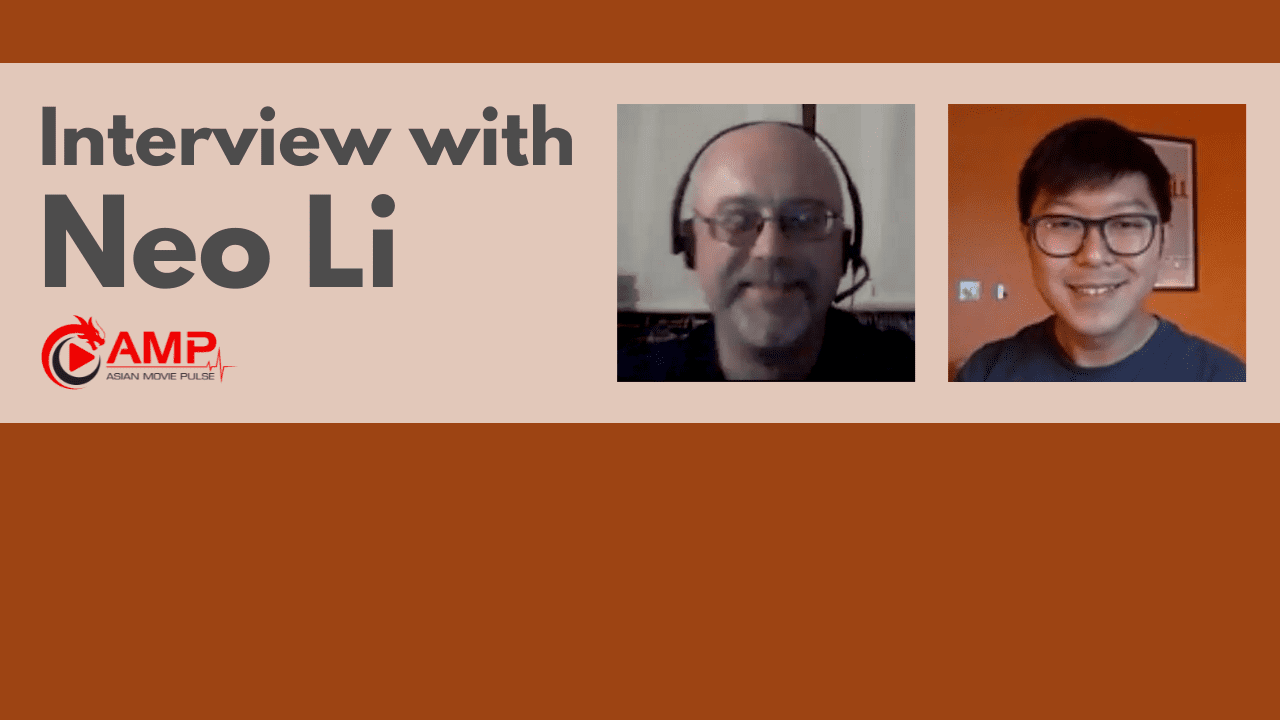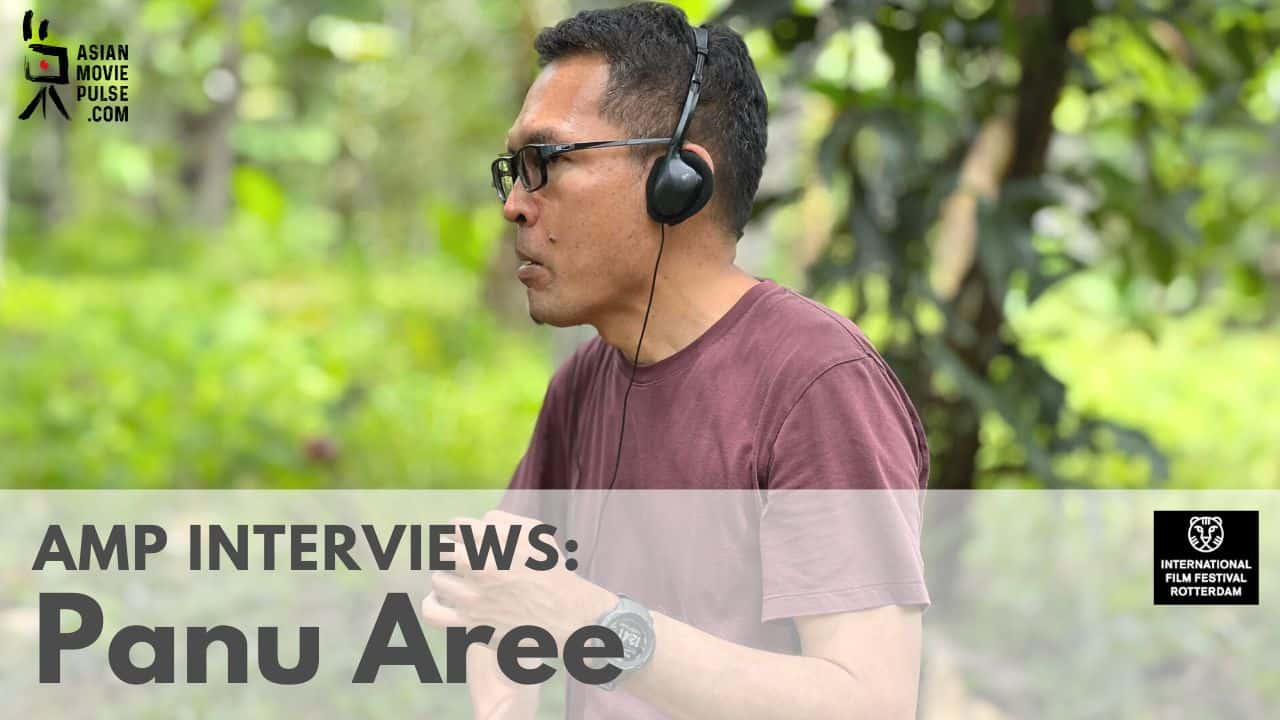Born in Colbinabbin, a small town in central Victoria, Australia in 1981, Rodd Rathjen graduated with an honours degree in film and television from the Victorian College of the Arts in 2010. His short film Tau Seru, which he directed in India, premiered in the Semaine de la Critique at Cannes in 2013; it went on to screen at over 50 festivals worldwide and won a number of international awards. In 2014, he participated in Berlinale Talents. Buoyancy is his debut feature film.
On the occasion of “Buoyancy” screening at Berlin International Film Festival, we speak with him about the purpose of the film, modern slavery, the casting process, the cinematography and other topics

“Buoyancy” won the Panorama Prize from the Ecumenical Jury in Berlinale. Are you proud of this success, and how do you think it will help you in your career?
We were thrilled and humbled to be acknowledged by the Ecumenical Jury at the Berlinale. I'm not sure how it will impact my career but it's great that, despite the confronting nature of the subject, it was acknowledged as a human rights film.
Why did you decide to shoot a film about modern slavery?
The issue of modern slavery in the Thai fishing industry has been going on for decades. I wish a film had of been made about it years ago. My approach was that it if we can bring more exposure to these human rights violations through a film, it might lead to provoking some political will and inspiring some form of change. When we screen the film in Cambodia it will hopefully act as a deterrent to those from vulnerable communities who are thinking about working in Thailand. And for international audiences, it might prompt people to consider the impact of what seafood products they buy.

What kind of research did you for the subject and how close to reality is the depiction of the issue in the movie?
I got in touch with a lot of NGO's both in Thailand and Cambodia who were in the process of repatriating survivors of the fishing industry back home. Over the course of a number of visits, I interviewed a lot of survivors on their experience out on the boats. Their stories are the voice behind the film. I also spoke to ex-captains, bureaucrats and a lot of Cambodians who had only seen very few friends and family return – just to hear the stories from different perspectives. We also cast men who worked on trawlers in minor roles on the film, because I wanted their experience to inform the authenticity of what it is like. Thanawut Kasro, who plays the captain, actually worked on a trawler as a kid from the age of eleven to thirteen. There are of course some things that are hard to replicate in film but we hope that it is close to expressing the full experience of life on these trawlers.
Do you feel that the kind of point the movie makes is communicated easier with a feature film, that through a documentary, for example?
There are a lot of amazing and informative documentaries and reporting around this issue. One of the things that is incredibly difficult with this subject is to access the Thai fishing industry, particularly to be allowed on the boats, and I think those that have made documentaries around the issue would attest to that. What I wanted to do with our film was to take the audience into this world, which is hard to do in a documentary. My approach was to engage the audience with a complete picture from leaving Cambodia to being trafficked into Thailand and then being exposed to this inhumane world.
Your films shows the “procedure” that creates both slaves and slave drivers. Why did you choose this approach?
It would be easy to portray these slave drivers as one-dimensional characters. I wanted to take it further and try to understand the psyche of how they become so inhuman. This comes back to the point of view of the film through a young man when you can be quite impressionable. Without giving too much away, in the film, the relationship between slave driver and slave is key in getting access to how you might become capable of such brutality.
How was the casting for the film like? Was is difficult finding and cooperating with Sarm Heng? I found that Rom Ran's performance is the most impactful in the film. How did you guide him to play such a despicable man? And how about Mony Ros?

Our Casting Director Non Jungmeier is extraordinary. We actually cast most of the film quite quickly, which allowed me more time to spend with the actors and start preparing. Sarm was fourteen when we made the film, initially I thought we would need to cast an older boy because life experience would be valuable but Sarm already had plenty of that and was so natural and uninhibited that we stopped looking as soon as we found him. He has been raised in an organization called Green Gecko in Siam Reap which gives former street children an opportunity for education, mentoring, health initiatives and social enterprises. The kids and adults that have been brought up in Green Gecko are simply amazing.
With Thanawut, I knew quite early on that he was perfect for Rom Ran. He has so much presence and really embraced the challenge of a less is more approach which is a different to what he is used to. And Mony, I didn't audition anybody else. I knew of him from previous roles and I wanted to offer him the role. Mony works from the inside out and has a focus unlike any actor I've ever worked with. I felt very lucky with the casting of the film, not only was everybody open and connected with what we were doing, everybody is just really nice.
Michael Latham's cinematography is exceptional. Can you tell us a bit about your cooperation with him? Why did you decide to focus on Chakra's shoulder blades repeatedly.
Michael and I went to film school together so we've known each other for a very long time. He's a really talented DP who isn't afraid to challenge you. We have similar aesthetic taste and he's always open to trying new things which I love when working with him. I'm not sure why we concentrated on the back of Chakra's shoulder blades.. we did use the phrase ‘dirty pov' a lot.

Can you give some details about the location the film was shot in? In general, how was the shooting like? Any memorable episodes, good or bad?
We shot most of the film near Sihanoukville on an island called Koh Rong Sanloem in Cambodia. I think most of the cast and crew would tell you about the experience of filming is that it was tough shooting on water, with a few people getting sea sick including myself. Another issue shooting on the island was there was barely any phone coverage or internet, so people were going a little stir-crazy after three weeks. The other major location we shot was in Kampong Speu, which is a couple of hours outside Phnom Penh. For myself, all I can say about filming is that I was incredibly sad when it finished as I begun missing everybody soon after we wrapped.
Are you working on anything new at the moment?
I'm working on a couple of things at the moment that are in very early stages of development.















